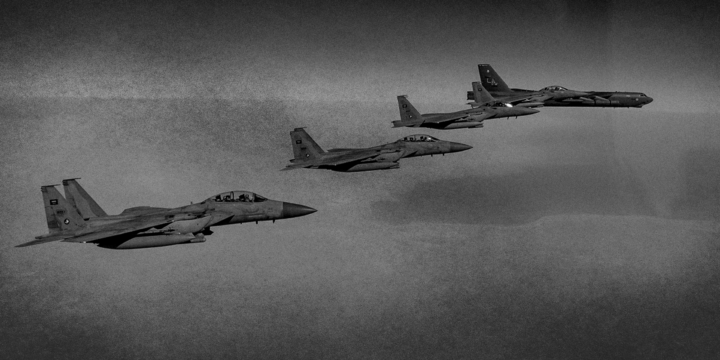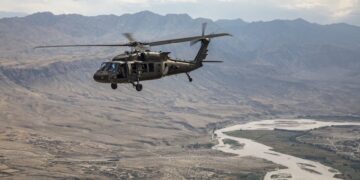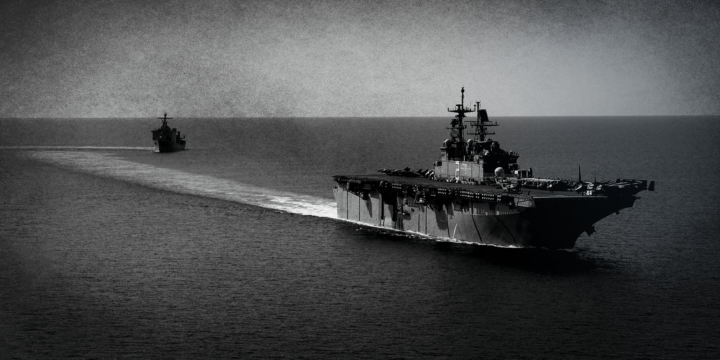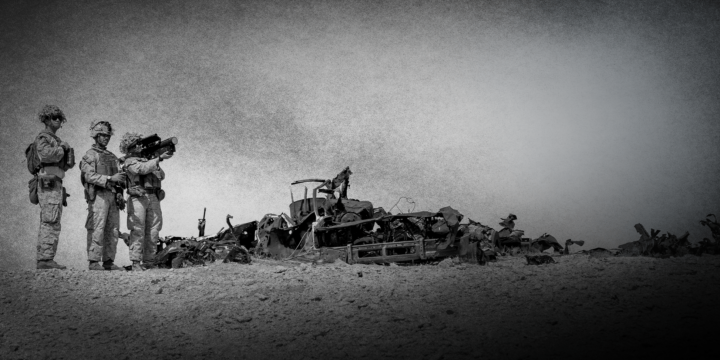October 15, 2024
Is the U.S. Helping Israel—or Emboldening It To Take Bigger Risks?
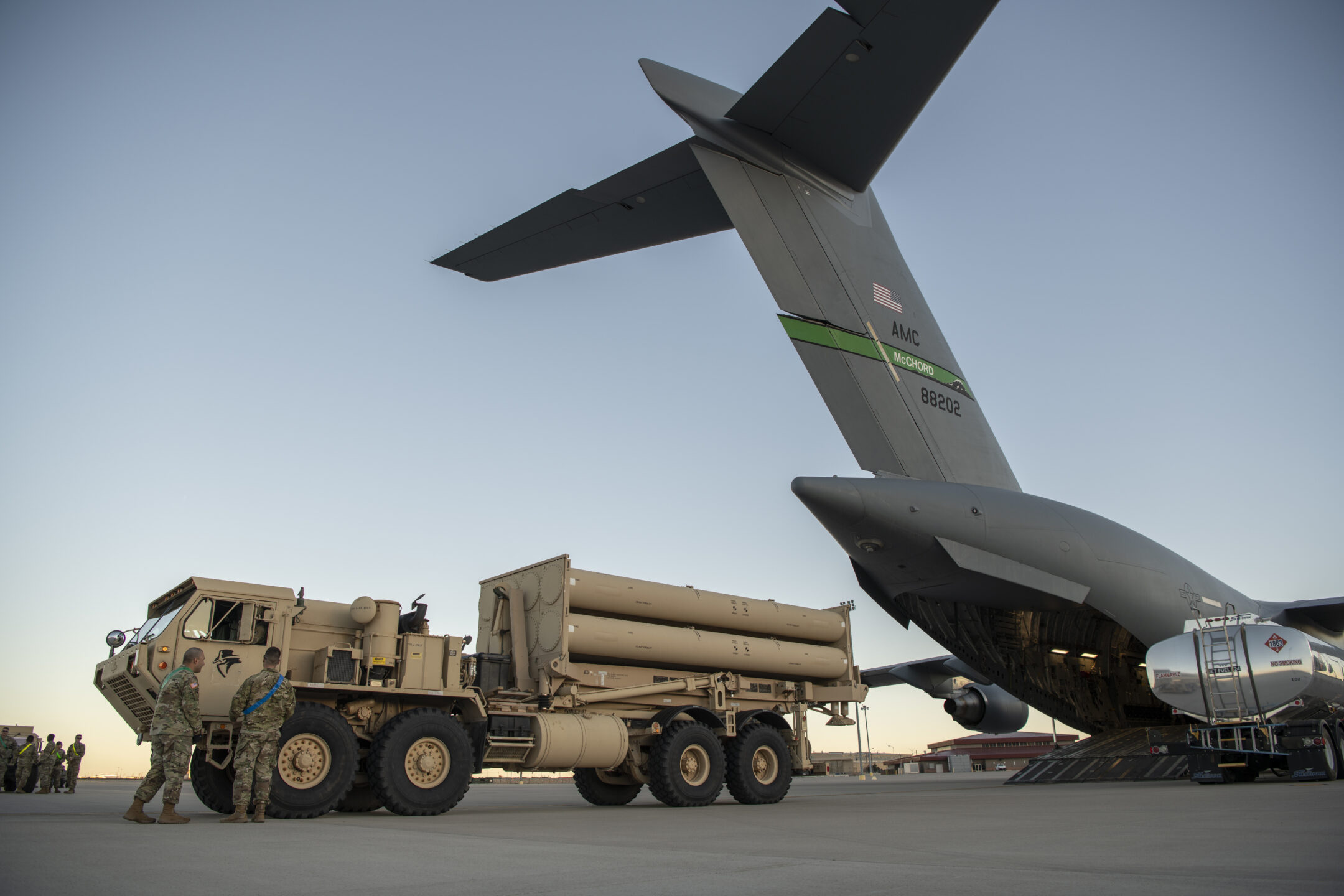
On October 1, Israel dodged a bullet—or, more accurately, a barrage of 180 ballistic missiles. Iran’s strike, meant to avenge Israel’s assassination of Hezbollah leader Hassan Nasrallah and a senior Iranian general days earlier, did little damage to Israel’s military infrastructure. For the most part, Israel’s air defense system, aided by U.S. Navy ships based in the Eastern Mediterranean, neutralized the missiles before they landed.
A few dozen, however, did break through Israel’s anti-missile network. Satellite images taken the day after the Iranian attack showed multiple impact points at the Nevatim Airbase, deep in the Negev Desert. U.S. defense officials likely had some of those images in mind over the weekend when they announced the deployment of a U.S. Terminal High-Altitude Area Defense (THAAD) battery, along with a 100-strong U.S. crew, to buttress Israel’s defenses.
The THAAD is a highly sophisticated air defense platform that can intercept medium- and intermediate-range missiles, above and beyond what the trademark U.S. Patriot system can do. There are only nine THAAD batteries available at any one time, so the fact that one was so rapidly moved to Israel demonstrates just how concerned the Biden administration is about hostilities with Iran flaring up in the days and weeks to come.
Author

Daniel
DePetris
Fellow
More on Middle East

December 28, 2024
Events on Middle East
